order histories, retained contact details for faster checkout, review submissions, and special promotions.
Forgot password?
order histories, retained contact details for faster checkout, review submissions, and special promotions.
Locations
Orders Processing,
Shipping & Receiving,
Warehouse
2 Shaker Rd Suites
B001/B101
Shirley, MA 01464
Production Lab
Floor 6, Suite 620
20700 44th Avenue W
Lynnwood, WA 98036
Telephone Numbers
Tel: +1 (206) 374-1102
Fax: +1 (206) 577-4565
Contact Us
Additional Contact Details
order histories, retained contact details for faster checkout, review submissions, and special promotions.
Forgot password?
order histories, retained contact details for faster checkout, review submissions, and special promotions.
TP53BP1 / 53BP1
tumor protein p53 binding protein 1
Tumor protein p53 binding protein 1 binds to the central domain of p53 required for site-specific DNA binding thus inhibiting the ability of p53 to bind DNA. TP53BP1 also functions as a checkpoint protein with properties of a DNA double-strand break sensor. It is a putative substrate of ATM kinase and is phosphorylated in response to DNA damage and localizes to sites of double-strand breaks.
| Gene Name: | tumor protein p53 binding protein 1 |
| Synonyms: | TP53BP1, 53BP1, p202, p53-binding protein 1, p53-binding protein 53bp1, p53BP1 |
| Target Sequences: | NM_005657 NP_005648.1 Q12888 |
Publications (100)
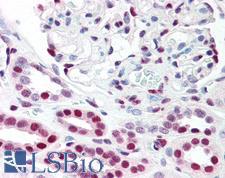



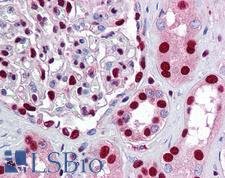




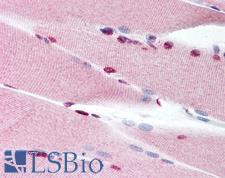
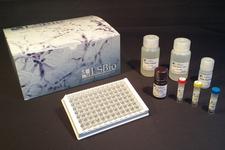
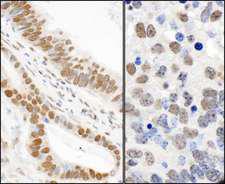
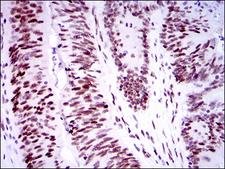
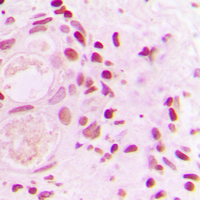
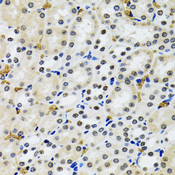
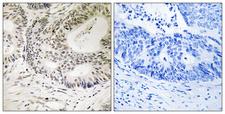
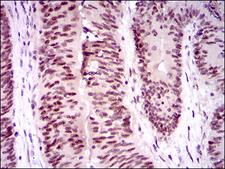
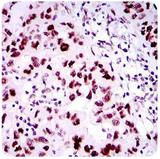
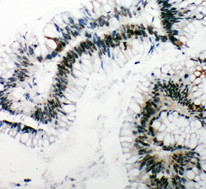
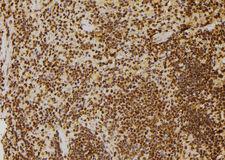
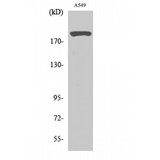

If you do not find the reagent or information you require, please contact Customer.Support@LSBio.com to inquire about additional products in development.










